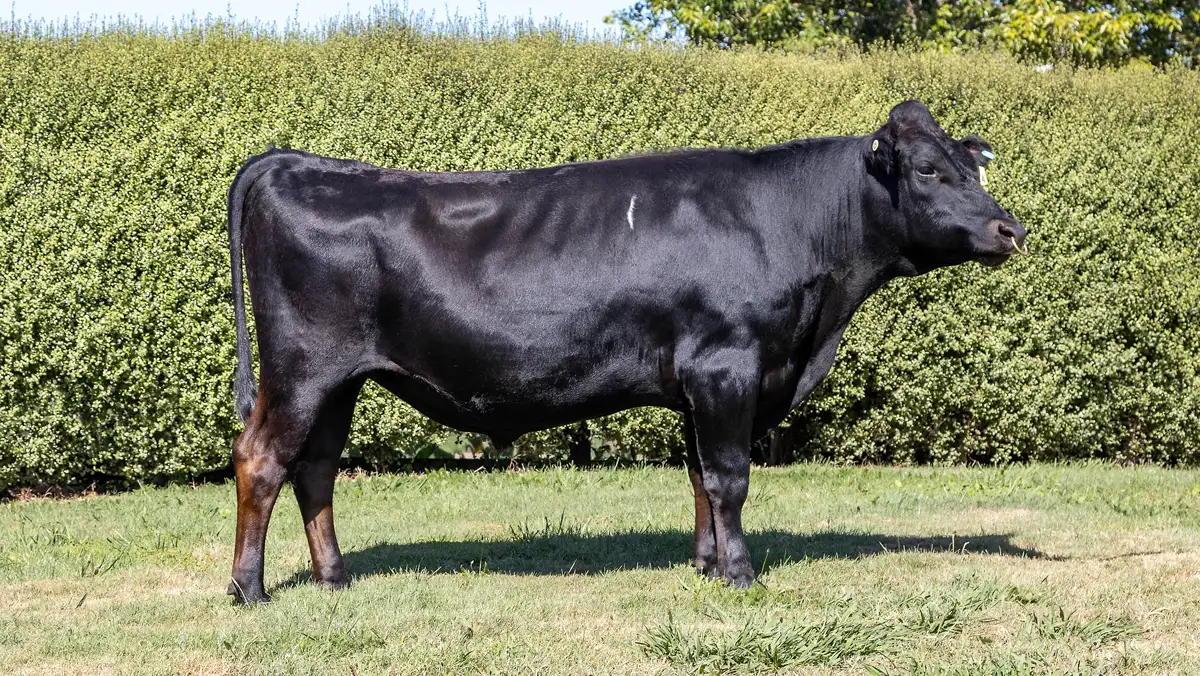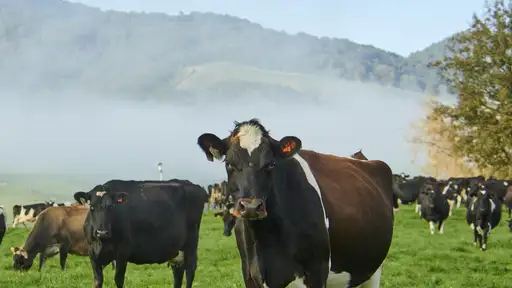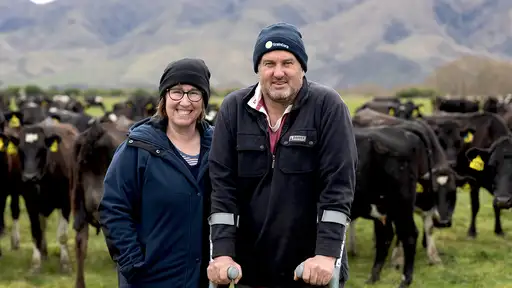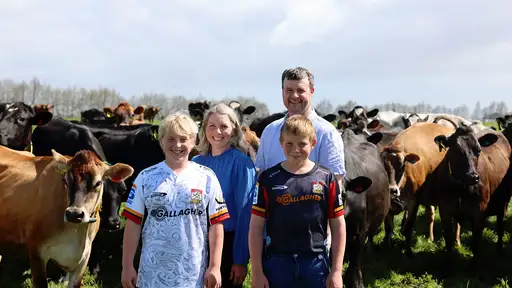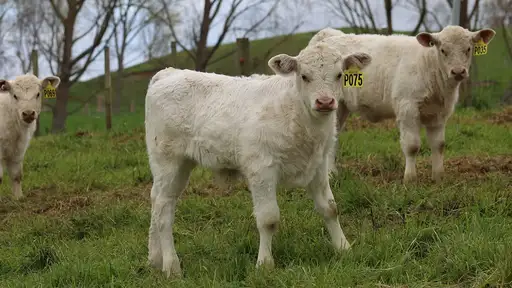Having grown up on a farm where breeding was an interest but not the focus, the priority was running a commercially efficient large herd and keeping litres flowing. My dad led that operation with that strong sense of purpose, and it was through following him, and watching how he balanced decisions in the shed and out in the paddock, that my own passion for cows and farming began to take shape. Now, working across the country alongside breeders, I see that spark in others too.
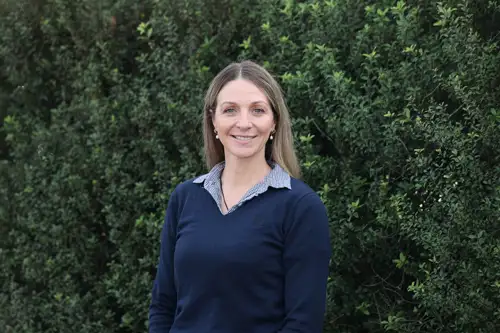
Whilst on a recent farm visit, I met a breeder's daughter, trailing her mum, clipboard in hand, noting down cows and conducting her own assessments. That quiet enthusiasm for dairying grows with us, and today it plays a central role in how we drive efficiency and progress.
Back then, breeding was practical and production focused, more survival of the fittest than finely tuned precision, with performance judged by the tanker docket. But our dairy industry, and the way we define a good cow, has shifted hugely since then. Today, efficiency is everything, measured in kilograms of milksolids per kilogram of liveweight. According to the NZ Dairy Statistics, cows in the early 1990s averaged 256 kilograms of milksolids from a 468 kilogram liveweight, just under 55 percent efficiency. Fast forward to today, and that has climbed to over 400 kilograms of milksolids from a 492 kilogram cow, pushing efficiency beyond 80 percent. It is a remarkable step forward in both breeding and system design, a strategic gain that has not only improved the productivity of our national herd but also strengthened New Zealand’s competitive edge on the global stage.
Our farmers are now more motivated than ever to further that efficiency.
This transformation has been driven by significant changes in the industry's economic drivers. Historically, dairy operations relied heavily on capital gain, with herds seen as valuable assets and collateral by banks. It started bartering butter in the early days of settlement, progressing towards a more complex, cooperative driven model. The introduction of the A+B-C payment system shifted the focus towards milk components, specifically fat and protein, rather than volume alone.
Today, farmers are primarily paid based on the amount of milk solids they supply, with incentives for quality and penalties for deficiencies. This shift has encouraged a greater focus on breeding for efficiency and profitability, evolving the way we operate as businesses. It is no surprise, then, that Holstein-Friesian/Jersey crossbreeds now make up nearly 60 percent of the national herd. WHY? The dominance of the crossbred cow highlights the industry's commitment to hybrid vigour and to producing cows that are fertile, robust, and suited to our pastoral systems.
With that lens in mind, I have taken a quality over quantity approach in selecting our new cohort of KiwiCross contract dams for the 2025 AB season. KiwiCross are shining at the moment, so much so that the numbers ballooned and drawing the line became the toughest it has ever been. That strength is a real credit to breeders right across the country. We have worked hard to bring the cohort size back into line this year, and the result is a stronger average gBW across the selected pool. While the number of contract matings has reduced, the quality has clearly lifted, which is exactly where our focus needs to be. This also ties in with the imminent retirement of the KiwiCross daughter proven team. With fewer teams moving forward, we are seeing a sharp lift in standards. It is a good time to reflect on how far we have come, and a timely reminder that when it comes to building the next generation of elite, efficient cows, sometimes less truly is more.
This strength is not just within our breeding dams, but also clearly reflected in the KiwiCross bulls coming through. The teams this year are really showing the depth and quality we have built, with a strong cohort of young sires ready to make their mark. Here are a few of the new boys making their first appearance to market this season, exciting additions to consider for your AB programme.
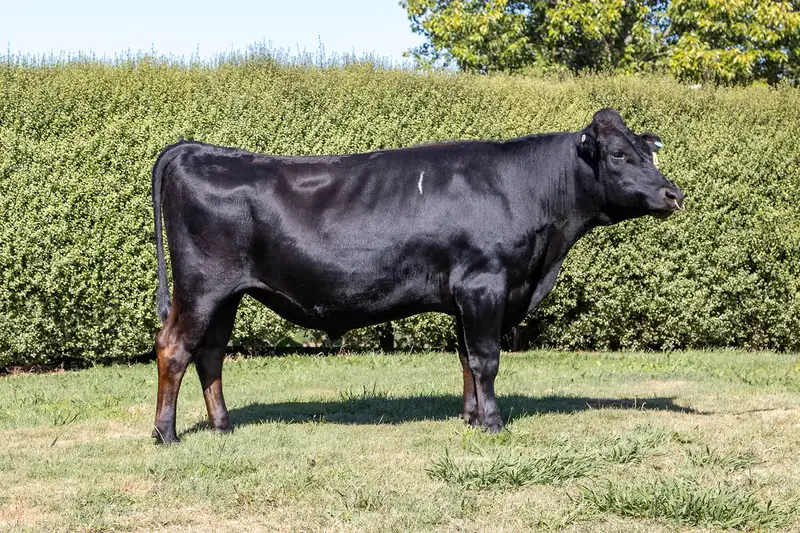
524064 Rhantana Chieftain
Chieftain brings a powerful mix of efficiency, structure, and fertility. Bred by Anthony and Rhonda Vogels of Paeroa, this Tu-Meke son is out of a Gameplan dam who scored a 7 for both Udder Overall and Dairy Capacity under TOP — a clear reflection of the strength in his maternal line. His genomic profile backs this up, with a Capacity gBV of 0.75 and an Udder Overall gBV of 0.60, offering a balanced combination for farmers wanting functional, long-lasting cows. With a leading gBW of 626, it is clear Chieftain is more than just efficient — he is a depth-builder with real breeding value.
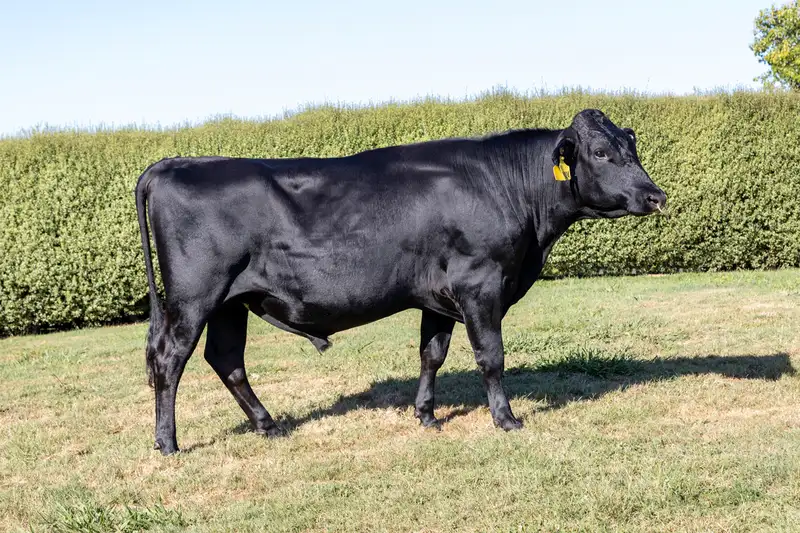
524024 Tongataha Trailblazer
Bred by Alan Butler of Hawera, Trailblazer lives up to his name and is set to forge ahead in the 2025 KiwiCross team. An Air-Rifle-ET son and out of a Brimstone dam, he brings together strength, fertility, and functional conformation in one tidy package. Trailblazer is backed by excellent fertility, a moderate liveweight, and a strong capacity gBV of 0.86, ideal for farmers wanting efficient, low-maintenance cows that last. His Udder Overall gBV of 0.95 supports his ability to sire daughters with well-attached, easy-to-milk udders, and his Dairy Conformation gBV of 1.03 makes him one of the more stylish young sires in the team. A smart pick for those wanting hardworking, well-balanced cows.
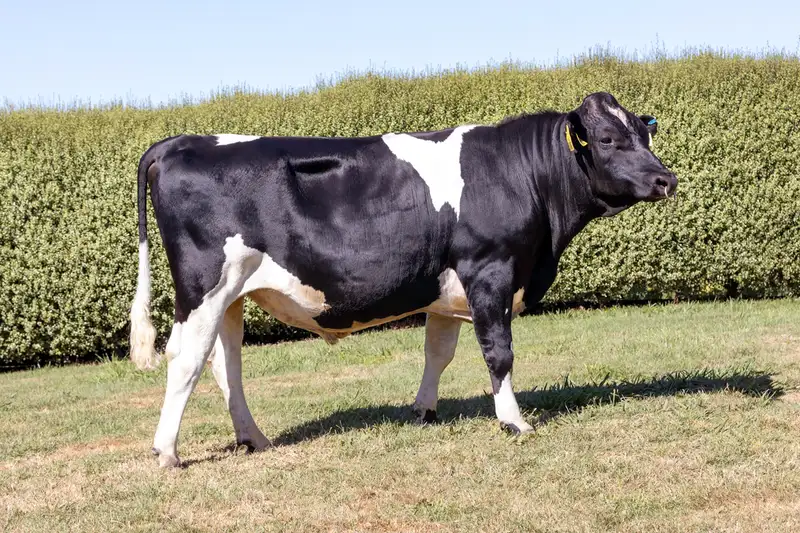
524067 Julians Onit
Onit delivers exactly what his name suggests, performance, strength, and plenty of potential. Bred by Kevin and Rachel Karen Julian of Atiamuri, a Herald son out of a Beamer dam, with a maternal line known for longevity and excellent conformation. Onit brings a strong production profile, with a Fat gBV of 60.9 and Protein gBV of 25.5, alongside a liveweight gBV of 19.3. His Udder Overall gBV of 1.05 and Dairy Conformation gBV of 0.92 make him an ideal option for farmers looking to lift components while maintaining cow efficiency, structure, and style. A real asset for herds pushing for the next level of performance and reliability.
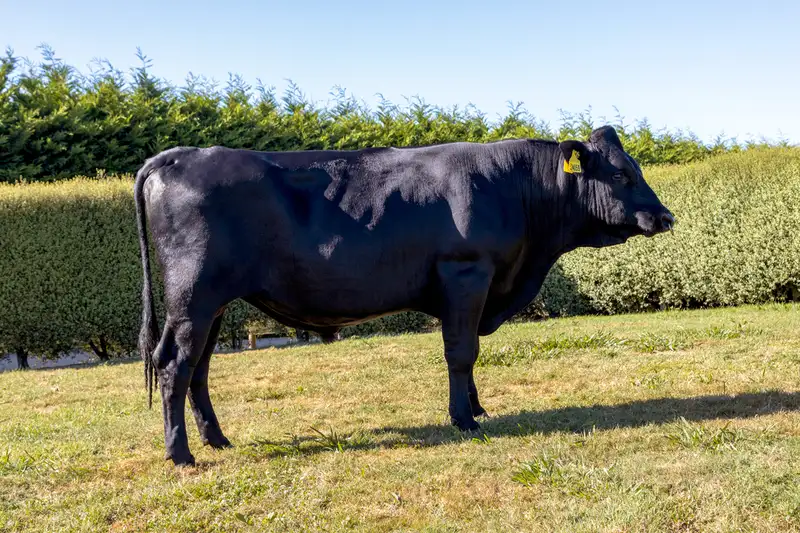
524059 Plateau Grayson
Grayson, bred by Earl and Melissa McSweeny of Ashburton, is a Honenui son with plenty of promise. He combines impressive production with functional efficiency — boasting a Fat gBV of 60.8, Protein gBV of 24.6, and a Fertility gBV of 2.34. His moderate Liveweight gBV of -2.39 and Capacity gBV of 0.79 make him well suited to systems focused on feed efficiency and profitability. With an Udder Overall gBV of 0.78 and Dairy Conformation gBV of 0.72, Grayson is a solid option for farmers looking to lift overall herd performance without compromising structure or balance.
To conclude, KiwiCross continues to prove its value as a powerful driver of efficiency, structure, and profitability. These young sires represent the next step in that progression, backed by strong maternal lines, modern genomic profiles, and the traits that matter on New Zealand farms. They reflect the strength of the crossbred cow and the future-focused
